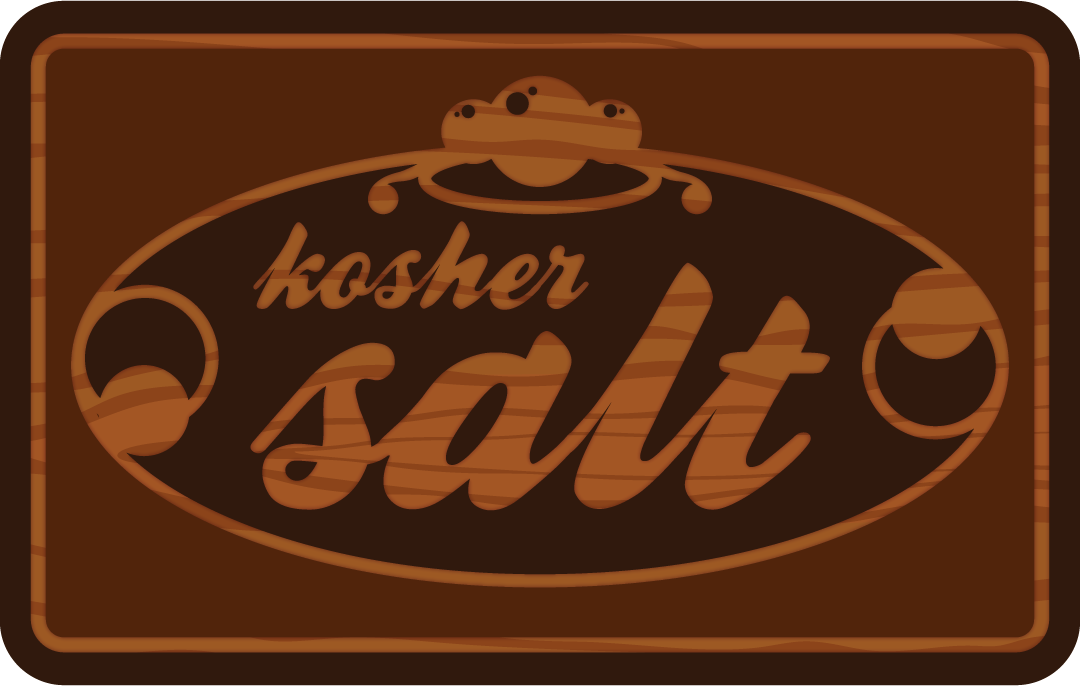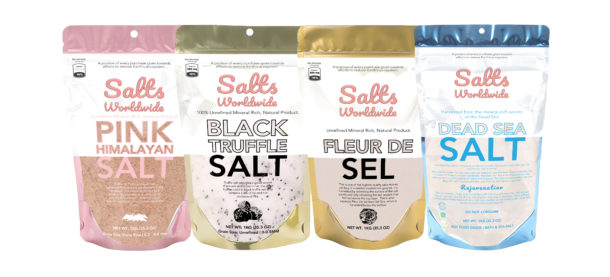The health benefits of Himalayan salt are countless and it can be used for a variety of purposes. The best part about Himalayan salt is that it’s an organic product, meaning that it contains only the minerals your body needs. It’s also much better for you than regular table salt, so it’s definitely worth a try.
Ingredients
Pink Himalayan salt is a natural form of sea salt, which is mined from the foothills of the Himalayas. It is a pink colored salt that can be used as a table salt or culinary salt. The pink color is due to trace minerals in the salt.
Salt is an essential mineral for our bodies. It is needed for regulating water content in the body and also for reducing signs of aging. In addition, it can be useful for regulating blood sugar levels. However, too much sodium can lead to health issues such as high blood pressure and heart disease.
Himalayan pink salt is considered to be the cleanest form of salt and is said to have therapeutic properties. It can be found in many stores as well as online. Interestingly, it is believed to have been formed in the early Jurassic period, when there were age-old water bodies.
Himalayan salt is typically found in the shape of rock crystals. As such, it is usually mined by hand. This makes it a more natural salt that is less refined than table salt.
Himalayan salt contains a number of minerals. Among the main minerals in Himalayan salt are iodine, magnesium, calcium, and copper.
Salt is widely used as an additive in food, and it can be added to marinades, sauces, and other dishes. A variety of foods, including fish and meat, are well-suited for cooking with it.
When compared with table salt, Himalayan pink salt has a higher proportion of magnesium. This nutrient is important to the health of the nervous system.
There is also evidence that it helps promote better sleep. Additionally, it may help reduce the risk of respiratory illnesses. Lastly, it is a great way to purify the air in your home.
Himalayan pink salt is often marketed as a healthier alternative to table salt. However, there is little scientific evidence to support this claim. Although Himalayan salt is nutritionally nearly the same as regular table salt, it does have a different flavor.
For the best results, it is recommended to limit your intake of all forms of salt. In fact, a study from the American Heart Association indicates that a 1-g per day increase in salt intake is associated with an increased risk of obesity in children and adults.
Health benefits
There are a number of health benefits of salt. It can help expel unwanted bacteria, improve insulin sensitivity, and regulate blood sugar. Salt can also aid the immune system and protect the skin from damage.
Himalayan salt contains a variety of minerals including calcium, magnesium, and potassium. They are all in colloidal form, making them readily absorbed by the body. In addition to that, the salt has a very distinct structure, which allows it to be used as a cooking medium.
Himalayan salt is considered to be safer than table salt. However, it is important to note that all salts have different amounts of trace minerals. The World Health Organization recommends consuming no more than five grams of salt per day. Sodium is an essential mineral. Not getting enough of it can lead to various health problems.
Himalayan salt is mined by hand and is not processed. Therefore, it is much less refined than table salt. But it still carries the same risks.
When compared to other dietary sources, Himalayan salt does not have the same health benefits. While it does contain a smaller amount of sodium, it can also cause a number of allergic reactions. Also, some people experience a sense of intense thirst when consuming it. If you have a reaction, stop using it immediately.
Compared to sea salt, Himalayan salt has a rich mineral content. Potassium is abundant in this type of salt. Another mineral is zinc, which helps prevent scarring.
Himalayan salt is also an effective way to add flavor to a meal. You can use it to season foods, or add it to marinades and sauces. A pinch can even be added to a glass of wine.
Unlike other forms of salt, Himalayan pink salt is not refined. This gives it a slightly saltier taste than regular table salt.
Besides cooking and adding to your meals, you can also get the health benefits of salt by enjoying a salt bath. Salt therapy can be beneficial to a variety of conditions, from seasonal allergies to chest congestion.
Some believe that Himalayan Pink Salt can improve the look and feel of your skin. Others claim that it can help with pain.
Alternatives to regular table salt
If you have been trying to cut down on the amount of salt you are consuming, then there are plenty of healthy alternatives to regular table salt. Salt adds flavor to food and is an essential nutrient, but too much of it can have negative health effects.
There are many ways to avoid ingesting too much salt, including choosing a salt substitute, eating less processed foods, and avoiding junk foods like chips and fries. It is important to remember that a low-salt diet is not an exact science, and you still need to monitor your sodium intake.
One popular salt alternative is potassium chloride. Potassium chloride does not have the flavor of standard table salt, but it has been shown to help reduce blood pressure.
Another option is a sea salt. Sea salt is unrefined and contains trace minerals that are good for your health. These are also less processed than standard table salt.
In fact, sea salt comes in different flavors and colors. Some chefs even highlight sea salt in their recipes.
The best salt alternative is probably the one you already have in your kitchen cupboards. Although there aren’t any substitutes that can cut your sodium intake to the nth degree, it is a good idea to use the least processed and lowest sodium version you can find.
If you aren’t sure which is the best option for you, there are several free online resources that can help you choose. For example, the Food Scanner app can calculate the amount of salt in a recipe, as well as the sugar and saturated fat content.
Another health-related salt alternative is Himalayan salt. It contains the same amount of sodium as regular table salt, but it is much less processed.
There are also natural salts, which are made without any additives. These can be found in most local health food stores.
There are also some more unusual options, such as garlic salt and celery salt. Typically, these salts are made from dried garlic and rock salt, although some brands may contain other ingredients.
Non-dietary uses
There are many non-dietary uses for Himalayan salt. These include using it as a rub for meat and making bath salts. It’s also a good option for people looking to get rid of skin problems.
Himalayan sea salt contains plenty of minerals that help balance pH levels in the blood. The mineral content can also be useful for people with skin disorders, such as eczema.
Sodium is another key element that is essential for maintaining fluid balance within the body. When there is too much sodium, it can cause exhaustion. Therefore, it is important to keep the level of sodium in your diet balanced.
Sodium is also essential for proper thyroid function. People who eat a low-sodium diet have a higher risk of developing irregular sleep patterns. That’s why adding a small amount of pink himalayan salt may help.
Himalayan salt is considered to be the purest salt on the planet. This is because it is mined by hand and not processed or refined. It also has no additives.
Pink Himalayan salt is a healthier alternative to processed salt. It is unrefined and contains 84 trace minerals. Some of its health benefits include balancing pH levels, regulating metabolism, and aiding digestion.
In addition to its health benefits, it can be used to season food, desserts, and even sushi. If you are looking to add flavor to your dishes, then Himalayan salt is a great choice. Adding a little pink Himalayan salt to your dishes can improve the taste and appearance of any meal.
Himalayan salt is available in both the large crystal size and in smaller granules. Generally, the smaller granules are more closely resembling regular table salt.
Himalayan salt is a natural, unrefined source of sodium and chloride. Compared to processed table salt, it has less porosity. Consequently, it is easier to spread and evenly distribute. Having a large amount of Himalayan salt in your kitchen can be helpful for a variety of cooking activities. Whether you’re baking, preparing meals, or marinating, this salt can give you a quick burst of saltiness.


